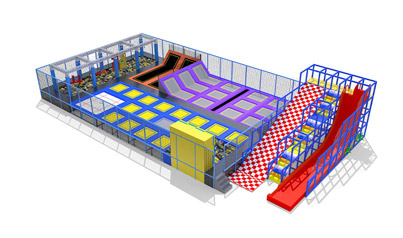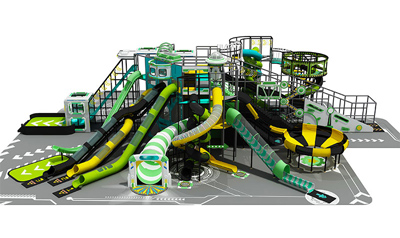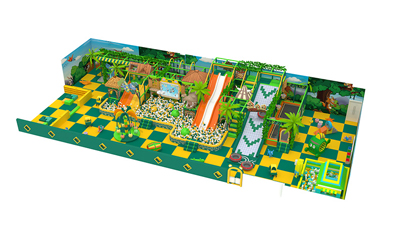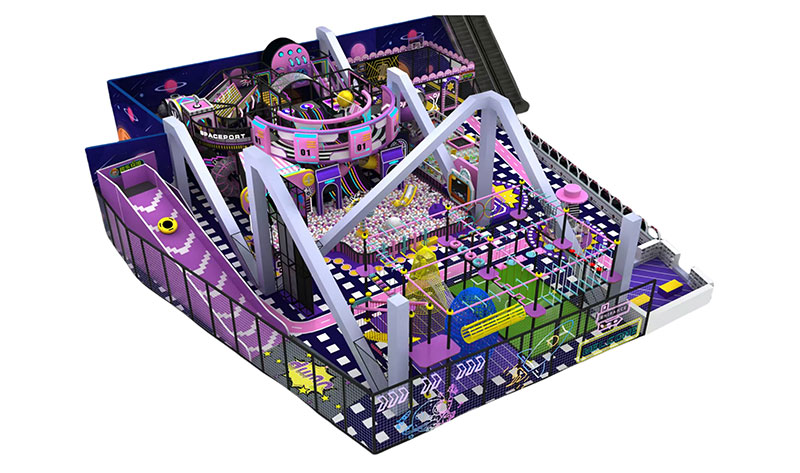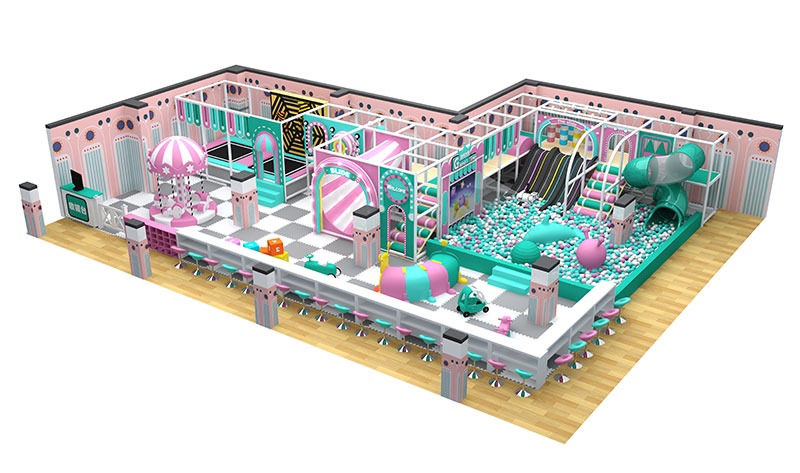Running a safety-focused indoor soft play center involves several key practices to ensure the well-being of children and provide a secure environment. Here are some essential steps and considerations:
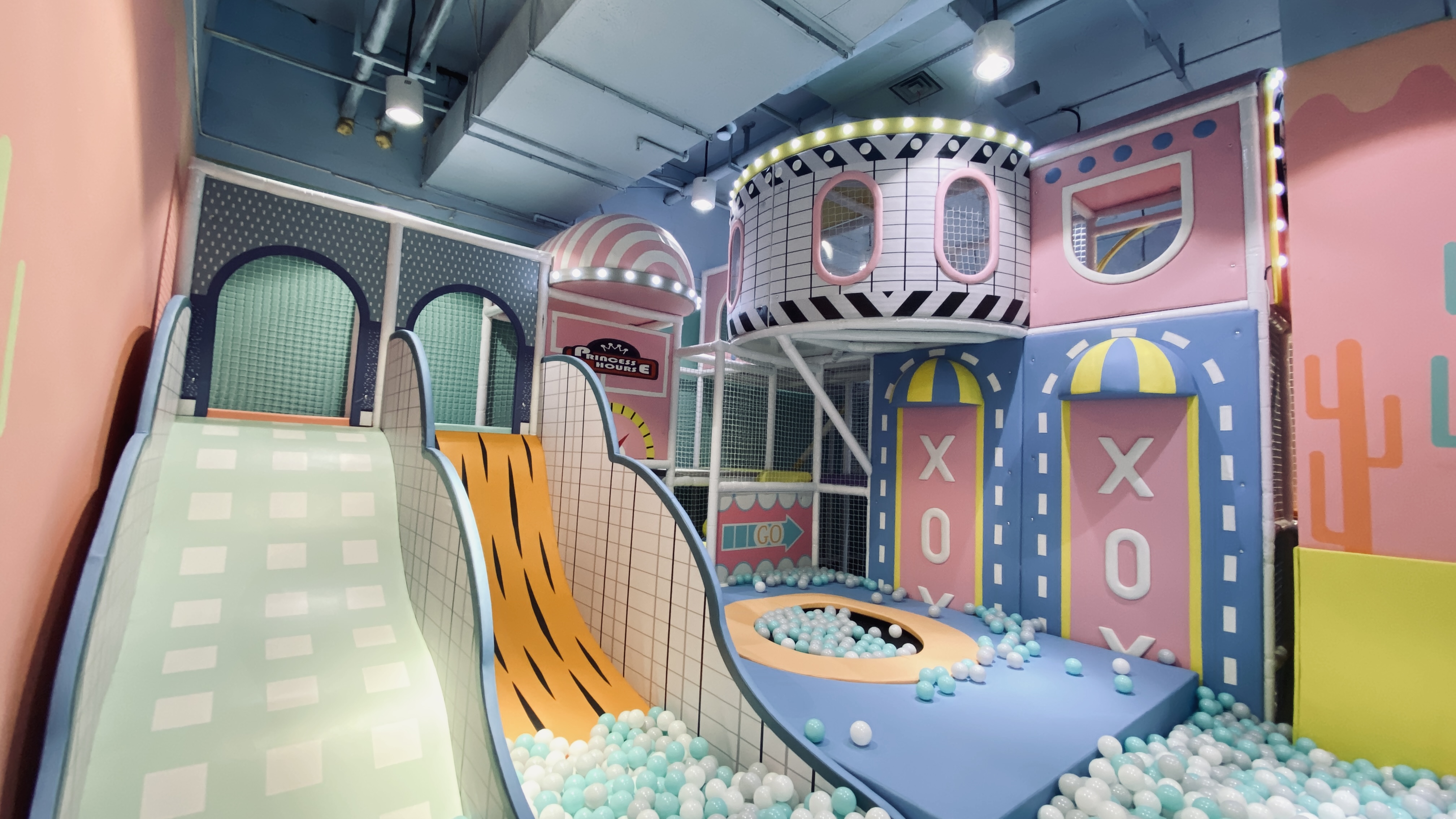
1.Safety Policies and Procedures:
- Develop Comprehensive Safety Guidelines: Create detailed safety policies covering aspects like equipment usage, supervision ratios, emergency procedures, and sanitation protocols.
- Staff Training: Train all staff members on safety protocols, emergency response procedures, and child supervision techniques. Regularly update their training to address new safety concerns.
- Visitor Guidelines: Communicate clear rules to visitors regarding appropriate behavior, play area rules, and parental supervision requirements.
2.Equipment Maintenance and Safety:
- Regular Inspections: Conduct routine inspections of play equipment, soft surfaces, and structures for wear and tear, sharp edges, or - potential hazards. Address any issues promptly.
- Proper Installation: Ensure all play equipment is installed according to manufacturer guidelines and local safety regulations.
- Soft Flooring: Use appropriate soft flooring materials to cushion falls and prevent injuries. Regularly clean and maintain these surfaces.
3.Hygiene and Cleanliness:
- Sanitization: Establish a rigorous cleaning schedule for play equipment, surfaces, and toys. Use child-safe cleaning products and disinfectants.
- Hand Hygiene: Encourage frequent hand washing among children and staff. Provide hand sanitizer stations throughout the facility.
- Food Safety: If serving food, adhere to food safety regulations and maintain cleanliness in food preparation and serving areas.
4.Emergency Preparedness:
- Emergency Plan: Develop and practice an emergency response plan that includes procedures for accidents, injuries, medical emergencies, and evacuations.
- First Aid: Have well-stocked first aid kits readily available and ensure staff members are trained in basic first aid and CPR.
5.Supervision and Monitoring:
- Staff-to-Child Ratio: Maintain appropriate supervision ratios based on the age of children and the size of your facility. Ensure all areas are adequately monitored.
- Active Supervision: Train staff to actively supervise children during play to prevent accidents and ensure timely intervention if needed.
- Behavior Management: Implement procedures for addressing disruptive or unsafe behavior among children to maintain a safe environment for all.
6.Communication with Parents:
- Safety Information: Provide parents with safety guidelines, facility rules, and emergency procedures during registration and on-site.
- Feedback Mechanism: Establish a system for receiving feedback from parents regarding safety concerns or suggestions for improvement.
7.Legal and Regulatory Compliance:
- Licensing and Permits: Ensure your indoor play center complies with local licensing requirements, building codes, and safety regulations specific to indoor playgrounds.
- Liability Insurance: Obtain liability insurance to protect your business in case of accidents or injuries.
By prioritizing safety through clear policies, regular maintenance, staff training, and effective supervision, you can create a secure environment where children can enjoy playtime while minimizing risks. Regularly review and update your safety protocols to address evolving safety concerns and maintain high standards of safety and cleanliness.


